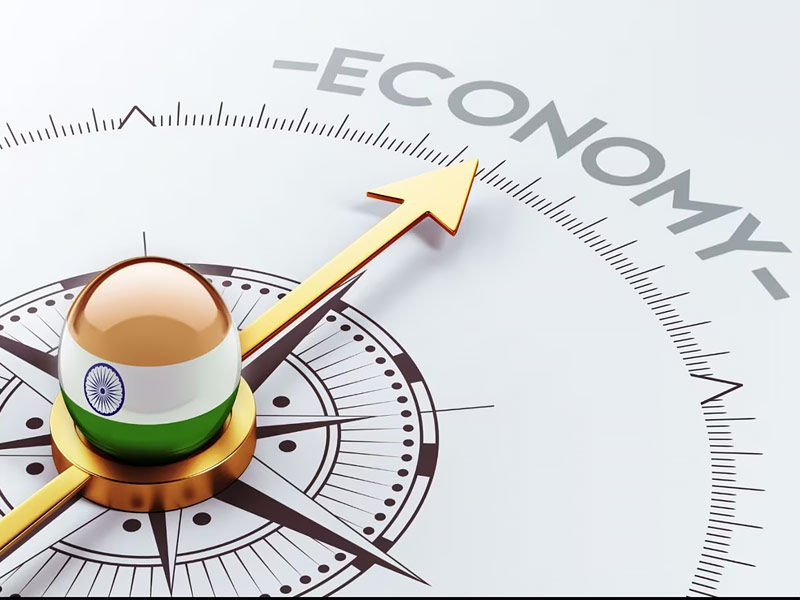According to S&P Global Market Intelligence’s most recent PMI report, India, currently the fifth-largest economy in the world, is expected to surpass Japan to reach the top spot by 2030 with a GDP of $7.3 trillion. The Indian economy grew rapidly in 2021 and 2022, but in the 2023 calendar year, it continued to grow strongly and sustainably. The gross domestic product of India.

With a GDP of $25.5 trillion, the United States currently has the largest economy in the world. It contributes 25% of the global GDP. With a GDP of over $18 trillion, or nearly 17.9% of the global GDP, China has the second largest economy in the world. Germany has a GDP of $4 trillion, while Japan comes in a distant third with $4.2 trillion.
Many important growth factors are supporting the long-term prognosis for the Indian economy, according to S&P Global. “India’s sizable and rapidly expanding middle class, which is boosting consumer spending, is a significant plus. India is becoming a more sought-after location for investments due to its sizable industrial sector and quickly expanding domestic consumer market.
Over the next ten years, the retail consumer market landscape is projected to change as a result of India’s ongoing digital revolution, which is expected to boost e-commerce growth. According to S&P Global, this is drawing top international corporations specializing in technology and e-commerce to the Indian market. “1.1 billion Indians will have internet connection by 2030, more than tripling the estimated 500 million who already do.
Homegrown unicorns like online grocer BigBasket, logistics company Delhivery, and online e-commerce platform Mensa Brands, whose e-sales have increased throughout the epidemic, will benefit from the rapid expansion of e-commerce and the transition to 4G and 5G smartphone technologies. Additionally, the significant rise in foreign direct investment (FDI) inflows to India during the previous five years is still going strong.
Even during the pandemic years of 2020–2022, there will be a significant increase in foreign direct investment (FDI) inflows to India, as seen over the previous five years. “India’s strong FDI inflows have been boosted by large inflows of investments from global technology MNCs like Google and Facebook that are attracted to India’s large, fast-growing domestic consumer market.
Also read: 5 Surprising Health Benefits of Cloves
“India’s strong FDI inflows have been boosted by large inflows of investments from global technology MNCs such as Google and Facebook that are attracted to India’s large, fast-growing domestic consumer market, as well as a strong upturn in foreign direct investment inflows from manufacturing firms,” it stated. All things considered, India’s economy is predicted to keep expanding at one of the quickest rates in the world.
With the aid of the yen’s decline versus the dollar and the euro, Germany’s economy is predicted to surpass Japan’s as the third largest in the world in 2023. Germany’s nominal GDP is expected to be $4.4 trillion this year, compared to $4.2 trillion for Japan, according to the IMF’s most recent predictions.


























